This article was co-authored by Taissha G. LaReau. Taissha G. LaReau is a Wardrobe Consultant & Stylist based in Albany, NY. With more than three years of experience, Tai specializes in helping people maximize their wardrobes by creating functional, everyday outfits that are tailored to their lifestyle and make them feel polished. While she offers virtual and in-person closet editing, personal shopping, and outfit creation, she also has a knack for helping people shop strategically, discover new brands, and experiment with new styles. Taissha holds a BS in Marketing from The State University of New York College at Oswego.
wikiHow marks an article as reader-approved once it receives enough positive feedback. In this case, 83% of readers who voted found the article helpful, earning it our reader-approved status.
This article has been viewed 457,182 times.
Europeans are known for their great style, and for good reason! They tend to dress in upscale, classy clothes that make most other countries' styles look drab and boring. Whether you're going to Europe on a trip or you'd like to incorporate European style into life in your country, this article has the solutions you're seeking.
Steps
Choosing Colors and Cuts
-
1Choose clean, simple cuts. European fashions are most easily recognized by their clean, simple lines. The cut of almost all pieces of clothing, from suits to dresses, have a sleek, geometric appearance. You should look for clothes that are similarly simple in shape, with clean, elegant lines.[1] [2]
-
2Wear clothes that fit. North Americans tend to wear clothes that are too small or comically large. Europeans usually wear clothes that fit perfectly to their body.[3] Some women may choose clothes, especially in the summer, that drape from their body, but some hint of their slim frame can still be seen. You should make sure that you are also choosing clothes that fit.[4]
- When Europeans get clothes that don't fit off the rack, they usually get them tailored. You should do the same! Tailoring is not as expensive as it seems, with items often costing around $30 or less to have altered.
Advertisement -
3Lean away from bold patterns. Bold patterns are not used so commonly by Europeans as they are by Americans. When Europeans do go for patterns on their clothes, the patterns are usually more detailed. They do like texture, and so you'll often see things like lace dresses and knit items, but patterns usually detract from the clean lines they by-and-large prefer.
- You will sometimes see exceptions to this rule in the summer, when floral, ethnic, and island prints can come in to play (usually on dresses).
-
4Understand the European color palette. Every season for roughly every year, there will be a set of colors that is in style and most new clothes you find will be from that group of colors. The colors that are in fashion in North America can often be very different than the colors that are popular in Europe, since Europeans tend to prefer a slightly different color palette than Americans. Usually, they tend to prefer neutral tones with highlights of bright, bold color.
- For example, black and emerald green, beige and bright pink, or navy and white.
- You can check out European fashion sites to see what colors are in fashion now.
-
5Choose high contrast color combinations. The color combinations that Europeans usually choose are high contrast, with one dark color and one lighter color.
-
6Coordinate colors to the season. North American casual wear uses the same colors pretty much all year round. Europeans are much more likely to match the colors they wear to the season. This is a subtle cue, but if you want, you can go this extra mile.
- Winter colors are subtle and lean more towards neutral tones.
- Spring colors are a mix of brights and pastels.
- Summer colors are bright and bold.
- Fall colors are earthy and warm.
Styling Do's
-
1Coordinate an actual outfit. This is the best place to start. Match your shoes to your handbag, choose a colored top that compliments the color of your pants, and generally put some thought into the overall look.
-
2Dress up a little more than normal. This is another primary indicator of European vs. American style (and one that has barely changed, even with the popularity of American styles in Europe). Europeans tend to dress nicely, and would certainly never be caught in yoga pants or sweats outside of the house. Go slightly nicer than what you think you'd have to wear and you're probably in the neighborhood.
-
3Keep it simple. Europeans wear outfits that are simple. They tend to shy away from the layering that Americans favor. Limit your accessories and the number of layers, and rely on simplicity.
-
4Wear jeans. It is a myth that Europeans don't wear jeans. They do. Europeans lean more toward mid-toned jeans than we do, but in general any color is fair game. Right now, brightly colored skinny jeans are very popular in Europe and these style-color combinations are also easy enough to find in the US.
- Skinny jeans are often paired with looser, longer tops and boots or flats.
- Don't wear khakis. When Europeans go for light colored pants, they usually opt for white or beige jeans or slacks, not the distinctive twill fabric preferred by Americans. However, this is not an item that's a dead giveaway, so don't worry if you prefer khakis and have a hard time keeping them in your drawer. If you still choose to stray away from khakis, chinos are also another option to consider.
-
5Choose the right kind of pants. In general, Europeans avoid flare legs. Pants with holes or rips are also very American in style.
-
6Wear more skirts and dresses. Women in Europe tend to wear skirts and dresses more often than American women, so don't be afraid to bring out these girly items. Leave the maxi dresses at home and favor shorter dresses with tights. (Maxi dresses are very American and almost never seen in European fashion.)
-
7Go for subtle, classy accessories. Avoid anything remotely gaudy, big, fake or tacky. Choose, instead, low profile accessories that complement your outfits. Try to stick with understated pieces. Other than that, scarves, delicate hats, necklaces, and elegant jewelry are fine choices. If you're traveling, don't cart around a big, tourist-style backpack. Carry a side bag, LeSportsac bag, messenger bag, leather satchel or something of the sort. Add to that, a pair of sunglasses. Europeans go for the simpler, more elegant sunglasses. A pair of wooden framed, gradient Ray Bans would do the trick with any outfit.
-
8Lean towards flat, elegant shoes. While business women and those above age 30 definitely can often be found wearing high heels (especially the French), the younger crowd are firmly in favor of flats. No matter the height, the style is always elegant and clean. Oxford flats are a common option for both genders.
- The most common shoe for youth and 20-somethings, however, is generally the Converse All Star. Don't feel like your favorite basic sneakers are going to out you.[5] Even the "gangsta" oversized sneakers are now in fashion in Europe among teens.
Styling Don'ts
-
1Avoid the university and logo style. You know those shirts with vintage style text logos or prints that make them seem like they're from the sports department of a fake university? That is a very American style. Avoid it if you want to dress in a European style.[6]
-
2Avoid traditional-cut tees. The traditional, basic cut tee is a classically American style. Europeans do wear tee shirts, but they tend to be a little nicer. Often they will have a looser, more tailored fit, shorter sleeves, and a V neckline.
-
3Don't wear clothes with holes or rips. Any clothes with decorative rips or holes are a giveaway American fashion. Though they are starting to come in fashion in Europe, especially among the younger crowd, they are generally seen as low fashion and should be entirely avoided.
-
4Don't wear clothes with stains. Acid-washed and, in particular, whiskered jeans are seen as very American styles. These should be avoided as well.
-
5Skip out on the sweats. For Europeans, sweats are for wearing at home and while working out. That is it. You will not see very many Europeans doing their weekend grocery shopping in sweats. Even the rise in popularity of American styles has not led to a change in the wearing of extremely casual clothes like sweats, pajamas, and yoga clothes.[7] [8]
Getting Inspiration
-
1Read the European editions of fashion magazines. Most Europeans use the same general fashion magazines that we do, like Vogue and Cosmopolitan, but they have their own special editions. Get a subscription to one of these if you want to stay current on European fashions.
-
2Check out European fashion blogs. There are a number of great European fashion blogs which you can follow if you want to get inspiration for your next outfit.[9]
-
3Check out European clothing stores. You can also check out the websites for common European stores. Some stores even have US locations, where you can just buy the clothes (the same clothes are sold in the US as are sold in Europe). Zara, H&M, and Kookai are the most popular stores for the under-35 crowd. Zara also carries clothes that are elegant enough for an older crowd.
Community Q&A
-
QuestionWhat colors are popular in European clothing?
 Community AnswerPeople in Europe tend to wear more basic colors like white, grey, beige, and black. If you want to add some color to your outfit, pastel colors are really popular. Europeans often feel really uncomfortable when they're wearing bright colors and prefer to blend in with the crowd with neutral colors.
Community AnswerPeople in Europe tend to wear more basic colors like white, grey, beige, and black. If you want to add some color to your outfit, pastel colors are really popular. Europeans often feel really uncomfortable when they're wearing bright colors and prefer to blend in with the crowd with neutral colors. -
QuestionAre white pants worn by women in Europe in spring?
 Community AnswerIt depends on the woman's personal taste in fashion and style. If you visit Europe during the spring, however, you will often see women wearing white pants.
Community AnswerIt depends on the woman's personal taste in fashion and style. If you visit Europe during the spring, however, you will often see women wearing white pants. -
QuestionAre black leather pants appropriate for evenings in northern Europe?
 Community AnswerFor a night out with friends/date/dinner, it's fine!
Community AnswerFor a night out with friends/date/dinner, it's fine!
Things You'll Need
- Some nice, dark or neutral slender cut pants/jeans.
- Shorts that are not ripped and not too short.
- Well cut blouses or other shirts.
- Couple of knee length, neutral colored skirts.
- Couple of nice, not too short, solid color or delicate print dresses.
- Some understated, not gaudy accessories.
- Lightweight, stylish shoes
- Simple pair of sunglasses
References
- ↑ https://europeupclose.com/article/what-to-wear-in-europe/
- ↑ Taissha G. LaReau. Wardrobe Consultant & Stylist. Expert Interview. 31 January 2022.
- ↑ Taissha G. LaReau. Wardrobe Consultant & Stylist. Expert Interview. 31 January 2022.
- ↑ https://thesavvybackpacker.com/womens-european-fashion/
- ↑ Taissha G. LaReau. Wardrobe Consultant & Stylist. Expert Interview. 31 January 2022.
- ↑ https://www.thisisinsider.com/style-mistakes-american-women-make-2018-7#americans-wear-super-flashy-logos-1
- ↑ https://travelnotesandbeyond.com/packing-guide-for-europe/
- ↑ Taissha G. LaReau. Wardrobe Consultant & Stylist. Expert Interview. 31 January 2022.
- ↑ https://blog.feedspot.com/european_fashion_blogs/
- ↑ Taissha G. LaReau. Wardrobe Consultant & Stylist. Expert Interview. 31 January 2022.
About This Article
To dress European, dress in basic, solid colors as opposed to bold patterns, which aren't very popular in Europe. Also, wear clothes that have neutral tones and highlights of bright color since that's a popular European color palette. For example, you could wear something black with a splash of emerald green, or something beige with a little bit of bright pink. To learn how to choose shoes, jeans, and accessories that look European, keep reading!
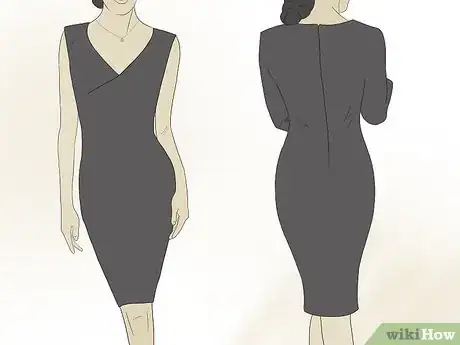

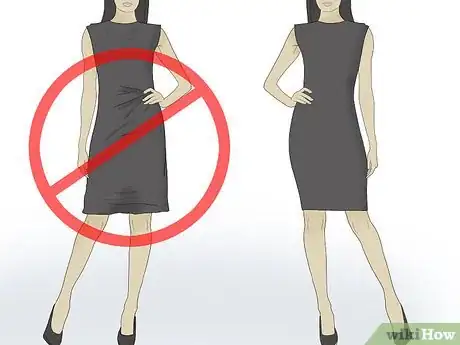


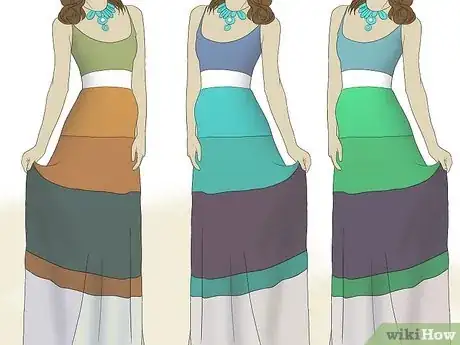








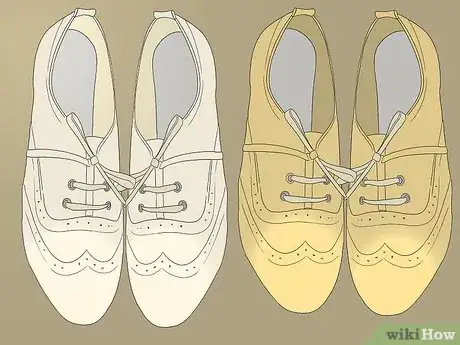
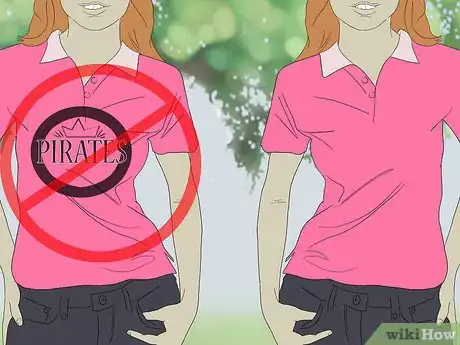
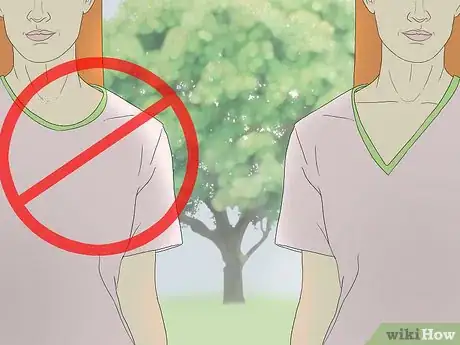
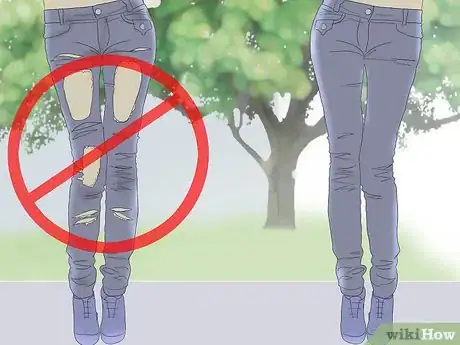

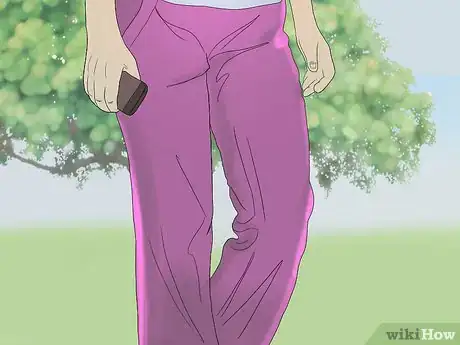




-Step-14.webp)





-Step-26-Version-2.webp)


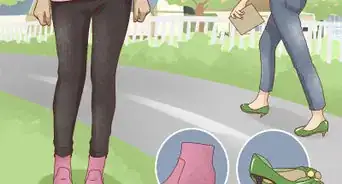


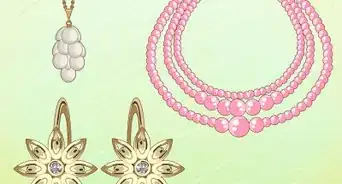










-Step-14.webp)




































